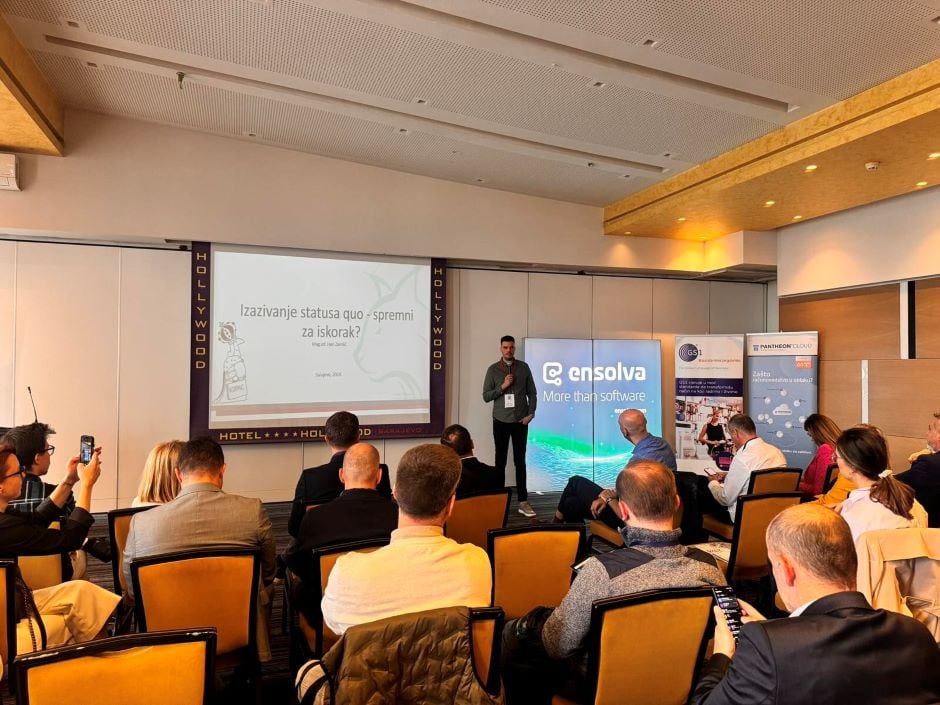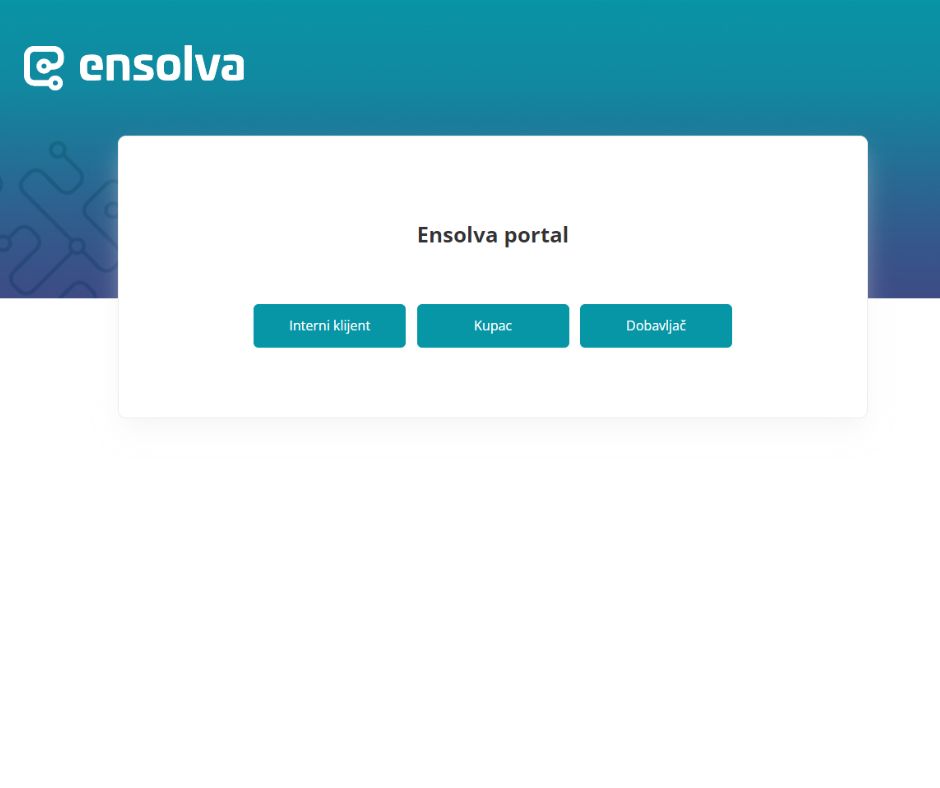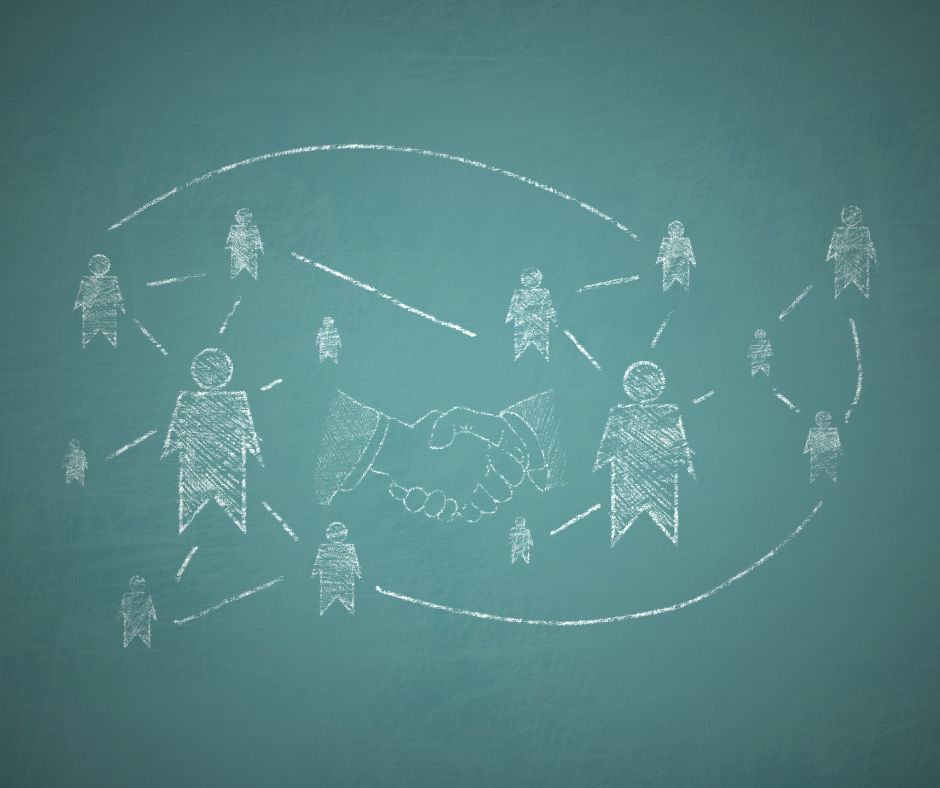Auctions are the most popular tool in procurement, but they are only a small segment of progress and the first step forward
At the invitation of Professor Nataša Rupčić, Ensolva was a guest at the Faculty of Economics in Rijeka. The aim was to present the possibilities of applying digital tools in procurement. Consultant Josip Bešta introduced the young economists to one of the most popular tools in procurement at the moment – electronic reverse auctions.
– In today’s fast-paced world, procurement, like all other business processes within companies, cannot work efficiently without technological support. Auctions are an important selection tool with which tender strategies can be achieved faster, more transparently and with greater savings than ever before. Without technology, there is no way forward, Bešta pointed out.
With smart tools, the core of new procurement is people, processes and data
Q: The reason for the interview was your guest lecture at the Faculty of Economics in Rijeka. It is known that students learn theory, and there is a lack of practice that includes technological support. In addition, an interesting lecture is a professional lecture in the procurement segment.
A: As we lead this conversation, we know that the knowledge, skills, and abilities required by procurement professionals are changing. This means adapting the education system to the requirements of the labor market, and this is not possible without cooperation with companies, but also providers of digital procurement transformation services. Nataša Rupčić, a full professor of Management Economics at the Faculty of Economics in Rijeka, recognized the importance of this procurement tool. At the right time, I recognized that attitude in one comment, and LinkedIn did the rest. With lectures like this, we prepare students for real-world procurement. We allow them to get to know the tools before they get to work. But not only that – if there is no awareness of these tools in the company, they will be the ones who will make their employer aware and be the initiators of progress.
Q: What will the procurement business look like in ten years?
A: We have a cognitive age ahead of us! The development of the procurement profession will be mostly influenced by the increasing use of artificial intelligence and the automation of all processes where this is possible, but I still place emphasis on three elements – people, processes, and data. The procurer will need to be a data expert, in other words a top analyst – in order to make quality decisions. In addition, they will need to have developed critical thinking, emotional intelligence, and innovative thinking, all those soft skills that artificial intelligence does not have. Procurement will increasingly affect the profitability, sustainability, and ethics of your company. I believe that the young generations will be the ones who will bring changes not only in their companies, but also beyond. For this reason, they need to be educated before they come to work. Judging by the invitations and contacts with faculties throughout Croatia, I think that the education system is in the phase of adjustment and that market participants are increasingly involved, and that we as the Ensolva team can expect more engagements like this.
Q: Why did you choose auctions to present procurement to students?
A: Various procurement methods are available to procurement professionals, and one of the favorites is eAuctions so it makes sense to start from them. There are forward and reverse auctions. The Institute for Supply Management defines Electronic Reverse Auctions or ORAs (Online Reverse Auctions) as types of e-auctions conducted online, in real-time, between a single purchasing organization and retrained suppliers. Suppliers compete in presenting bids to the customer for the delivery of goods or the provision of services or work whose specifications, quantity, quality, delivery terms, and other related terms and conditions are clearly defined in advance.
Resistance to reverse auctions is usually of an emotional nature
Q: You have worked in procurement, you are educating yourself for the digital transformation of procurement, you have conducted a series of auctions… Why does procurement like auctions?
A: Development has led to dozens of imaginative types/variations (on the topic) of eAuctions that have saved money and time, increased transparency and enabled a quick comparison of offers from different parts of our planet: consciously, actively, and in real-time. Perhaps their greatest achievement is that eAuctions are anti-corruption fighters, especially in the public sector.
Q: Despite their popularity, it is noticeable that many procurers still avoid using them. We do not have data for private companies, but an insight into the „Electronic public procurement notice“ shows that in the public procurement in the period from 2017 to 2019, the auction was conducted only ONCE.
A: A common reason to avoid auctions is the so-called barrier of an emotional nature. By this I mean the connections of internal customers and existing suppliers who duly fulfill their contractual obligations. The most common excuses are of the type: eAuctions are vile and insensitive because they are only there to bring down prices, thus destroying good relations with suppliers who are transparent. Or they once failed because suppliers were confused. It often happens that the conditions are not clear and understandable, and the most common excuse is “We have been doing it like this so far.”
Q: Do you have any advice on how to solve the barriers?
A: The answer to all three barriers consists in educating all eAuction participants, clear communication on eAuction conditions and business conditions in general, and analysis of current costs.
The auction is not just about lowering the price!
Q: How to assess whether the subject of procurement is suitable for auctions?
A: The answer to that is given by the analysis of the costs so far. Regarding cost analysis, market conditions and suppliers, procurement experts use the tools at their disposal: from RFI or RFP to Kraljić’s matrix, ABC analysis and countertraffic.
Thus, they gain knowledge about whether there is competition and interest from suppliers who will bid for clearly specified goods, services or work. Furthermore, these tools provide an answer to the question of whether there are opportunities for savings and whether there are risks.
By classifying goods, services, and works in Kraljić’s matrix on the basis of these data, the procurement department will know whether a specific good, service or work is suitable for the eAuction, or for which type of eAuction. Moreover, based on ABC analysis and counter-turnover (share in supplier turnover), the purchasing expert most often decides to use eAuctions for C items and partly for B items. In other words, eAuctions can be used for both direct and indirect as well as for strategic or non-strategic goods, services or works regardless of the industry.
We conclude, therefore, that electronic reverse auctions need a series of introductory steps in order to practice them correctly and achieve satisfactory results with them.
An individual or specific procurement strategy can include classic negotiations, sending sealed envelopes by mail, online negotiations via a platform (such as MS Teams), RFx, eAuctions, and a new round of good old negotiations. Of course, in all this we must not forget that procurement must know how it fits into the strategy of the entire organization and how it contributes, or whether it can contribute to it.
Q: What if suppliers become a team?
A: If a cartel appears in which suppliers have joined forces (for example, from practice – the same IP address from which they call and offer prices) in order to maintain the current price or refuse to participate in the eAuction, the option of entering the international market remains. And you are still in your chair.
Q: How many auctions did you manage? What is your favorite auction and why?
A: I have conducted dozens of auctions so far. A passionate supplier’s favorite auction is always the most complex one, in which you put the most effort and get the most out of all participants, but by that I don’t mean getting the most out of the price from the supplier. Who does not understand its magical possibilities, will reduce the eAuctions only to lower the price. And that is absolutely wrong.
Q: Are all types of electronic auctions suitable for each procurement item?
A: There is no one-size-fits-all approach, but a tailor-made approach must be holistic. There are a number of variations on the theme, as many as a few dozen types, but practice has shown that three types are used the most. The English auction is also known as the “ERA”, and is suitable when there are more than two participants, several items or groups of items. It is suitable for goods, services or works that belong to the left side of Kraljić’s matrix – the side that includes materials that are routine and can be influenced. For example, construction, transport and services, machinery, equipment and tools, electrical services and materials, and food and beverages. Opposite the English is the Japanese type of reverse auction which was invented by the procurement in Toyota and is known as “Last one standing” and is created with the aim of determining the price for one subject of procurement. Another type of auction was invented by the Dutch. It is also known as “First in the pool”, and it is suitable for the purchase of short-term goods whose prices are constantly changing, so it is impossible to negotiate a price in the long run. It is carried out for milk, eggs, flowers, vegetables and fruits, and are especially useful for hotels, restaurants, kindergartens, schools, hospitals, utilities, etc.
Q: How do you personally experience procurement?
A: It is up to the purchaser to be innovative, to play only if he writes his homework first.
It must remove any uncertainty and ambiguity in advance. Ensure that they select procurement methods/selection tools in accordance with all known internal and external information and create a level playing field for all participants. Otherwise Procurement risks compromising and poor results.
Q: How do you personally experience procurement?
A: It is up to the procurement to be innovative. It’s a game, but provided homework is written first.
It must remove any uncertainty and ambiguity in advance. Ensure that they select procurement methods/selection tools in accordance with all known internal and external information and create a level playing field for all participants. Otherwise Procurement risks compromising and poor results.
INTERESTING FACTS FROM HISTORY
Auctions were recorded as early as 500 BC. According to Herodotus, auctions of women for marriage were held annually in Babylon. It was considered illegal to allow the sale of a daughter outside the auction.
During the Roman Empire, after a military victory, Roman soldiers often drove spears into the land around which war booty was left, in order to compete for them at auction.
The Romans also used auctions to liquidate the property of debtors whose property was confiscated.
One of the most significant auctions took place in 193 AD, when the Praetorian Guard put the entire Roman Empire up for auction.
The first mention of the auction appeared in the Oxford English Dictionary in 1595.
The Nobel Prize in Economics in 2020 was awarded jointly to Paul R. Milgrom and Robert B. Wilson for improvements in auction theory and the invention of new auction formats.



